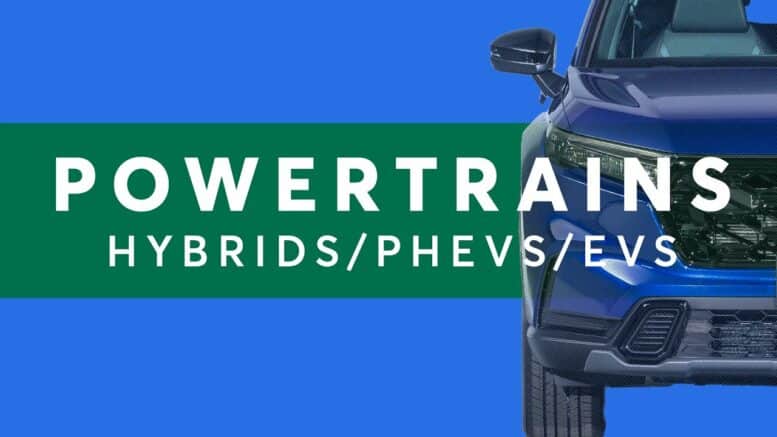Hybrids, plug-in hybrids, and electric vehicles have a shared goal: reduce tailpipe emissions and deliver the best fuel economy. But how do they work? We explain the differences between these powertrains and how they can affect vehicle ownership.
Join CR at to access our comprehensive ratings for items you use every day. CR is a mission-driven, independent, nonprofit organization.






Bought my 2015 hybrid Prius in 2015. I’m driving my last car.😊
Very concise and informative. Great video 👍
I would say “taking an hour or more to fully charge” is correct, but a bit misleading. Most electric vehicles slow down charging above 80%, but can charge very rapidly from 5%-80%. So, unless you absolutely will not make it to your next charging stop/destination, 80% is the target.
Good video, but I don’t want potential electric converts to be dissuaded.
Why don’t you also elaborate on the types of hybrids like full compared to mild or whatever other types there are
Great visual comparisons. I’ve decided to go PHEV for my next crossover — KIA Niro SX Touring has a great CR rating (87) — just hoping their inventory rises (or I can get one in my trim/color) by end of September!
Good evening everyone